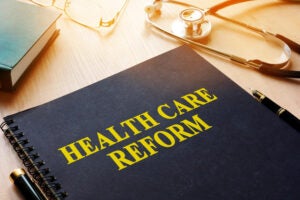No Surprises Act Arbitrators Vary Significantly In Their Decision Making Patterns

IDR entities have come to play an instrumental role in OON payments, but entities’ determinations and decision-making practices lack transparency. In their latest piece for Health Affairs Forefront, Kennah Watts and Jack Hoadley analyze variation IDR entities’ decision-making patterns and discuss the implications for the IDR process.






